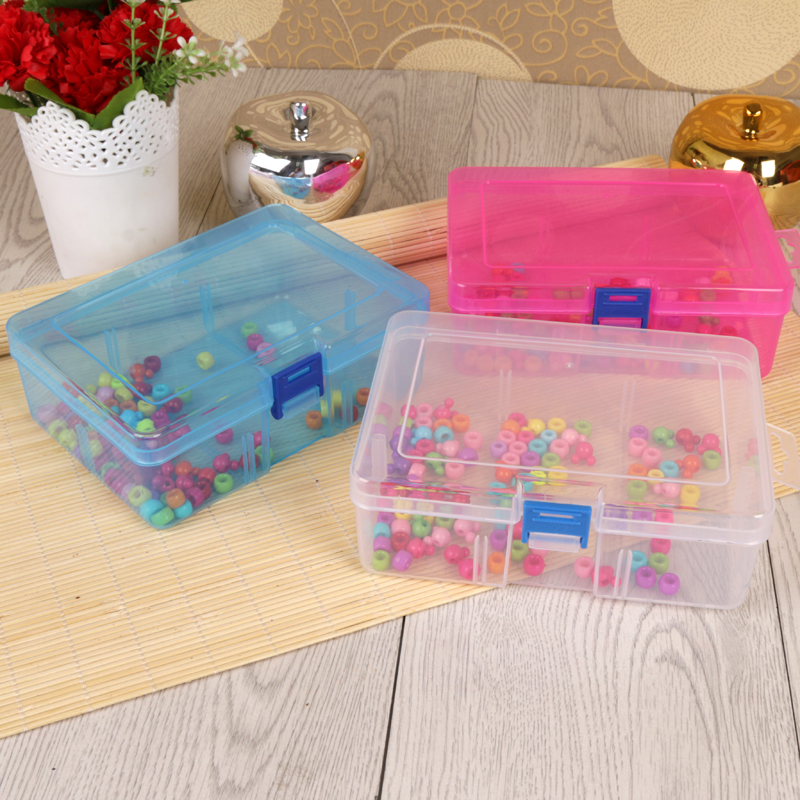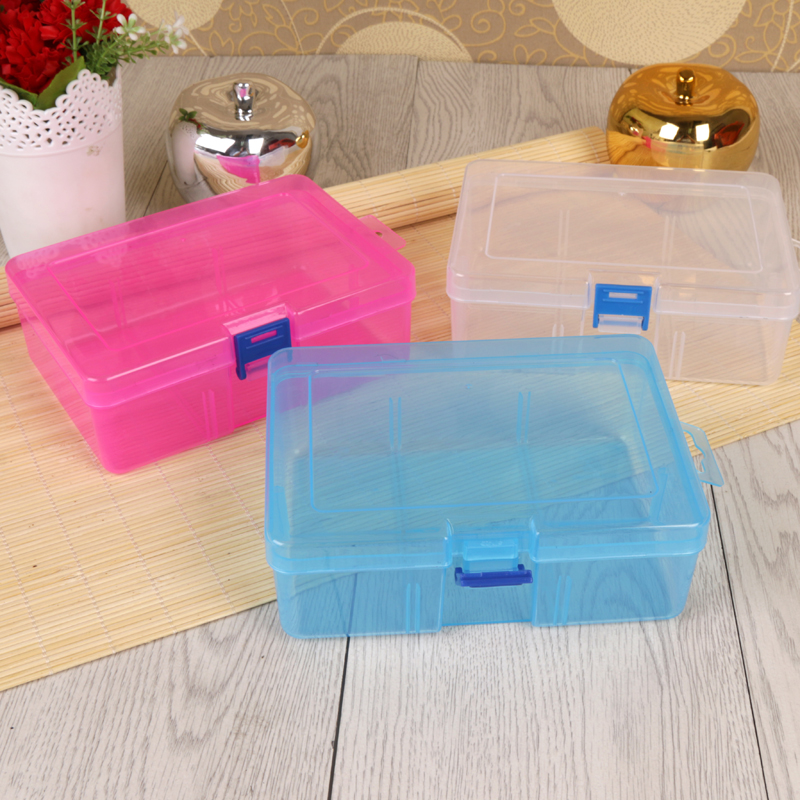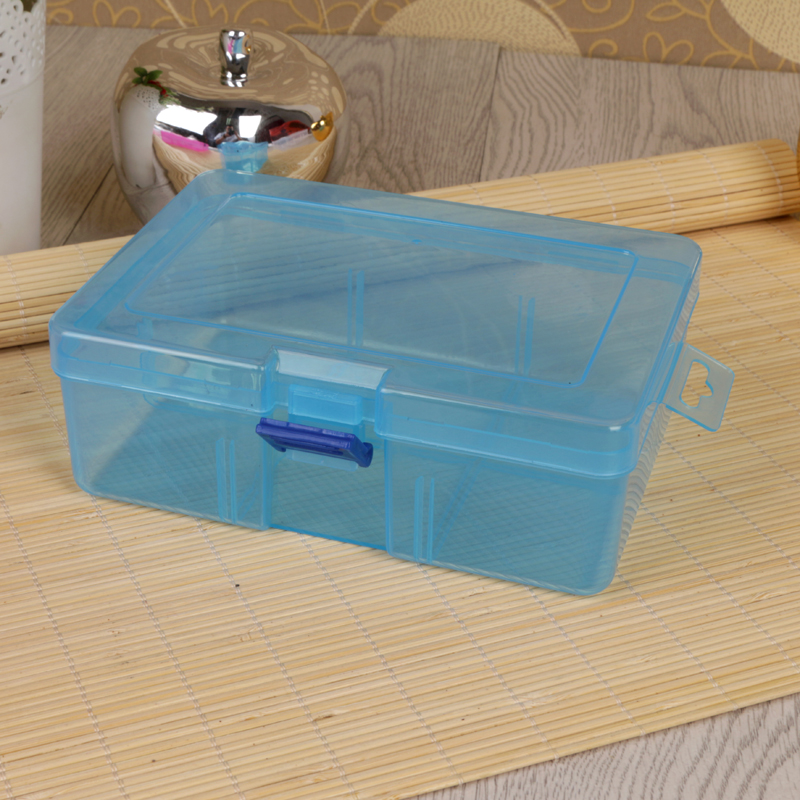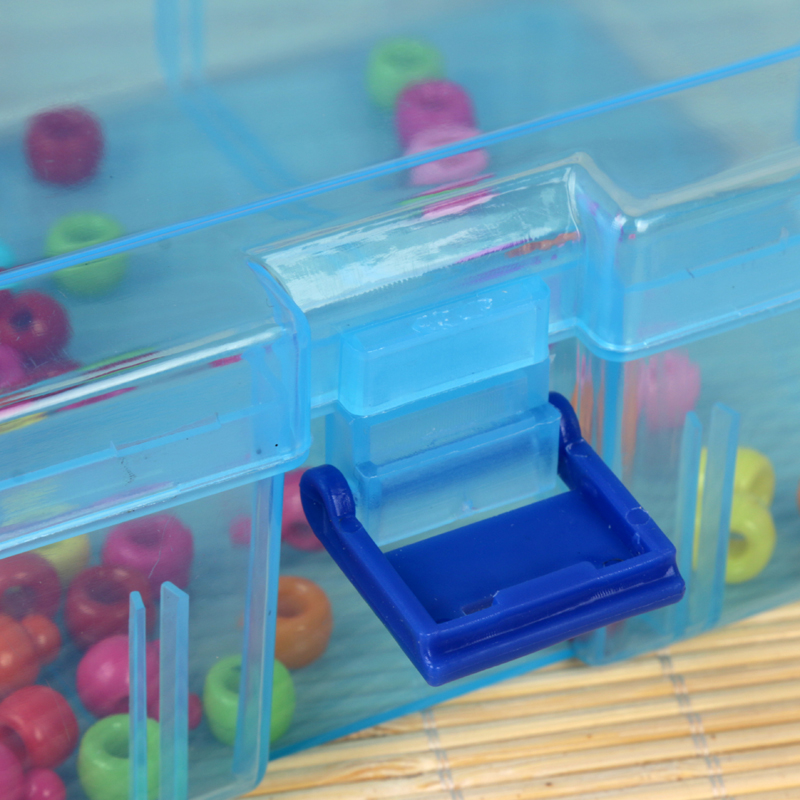The Historical Evolution and Cultural Connotation of Chinese Makeup Boxes
In the long history of China, the makeup box, formerly known as the "dressing box", was not only a practical tool for women to dress up, but also a witness to the changes of the times and cultural integration. From the early emergence of the Warring States period to the flourishing of the Ming and Qing dynasties, every evolution of the dowry industry contains profound cultural connotations and aesthetic tastes.

Warring States, Qin and Han Dynasties: The Sprout and Rise of Makeup Boxes
The history of makeup boxes can be traced back to the Warring States period. Initially, they were not designed specifically for makeup, but rather as boxes used to hold various items. With the formation of the ancient custom of both men and women growing hair and having makeup utensils, makeup boxes gradually evolved into exclusive items for storing dressing utensils. During the Qin and Han dynasties, dowry was popular, especially lacquerware dowry, which was the most precious and enjoyed by the aristocratic class. These lacquer boxes are not only round in shape, but also exquisitely decorated. For example, the painted lacquer boxes unearthed from the No. 2 Chu Tomb in Baoshan, Jingmen, Hubei Province, have vivid patterns of carriages, horses, nobles, birds, and animals on their outer walls, showcasing the outstanding achievements of painting art in the pre Qin period.

The Tang Song Revolution: The Popularization and Diversification of Makeup Boxes
In the Tang and Song dynasties, with the development of social economy and the prosperity of culture, dowry gradually became popular among the common people. Especially in the Song Dynasty, while pursuing exquisite objects, people paid more attention to their practicality. The traditional Han style lacquer box gradually evolved into a multi-layered box suitable for sitting on one's feet, such as the Southern Song Dynasty's vermilion lacquer box with golden lotus petals and floral patterns, which became the pinnacle of Song Dynasty lacquer art with its elegant lotus shape and brilliant gold craftsmanship. During this period, the materials of makeup boxes became more diverse. In addition to lacquerware, makeup boxes made of rattan, leather, and other materials also emerged to meet the needs of different social classes.

The peak of the Ming and Qing dynasties: the culmination of dowry culture
During the Ming and Qing dynasties, the culture of dowry reached an unprecedented height. The design of the makeup box is more exquisite, the materials are more refined, and the craftsmanship is more exquisite. Precious woods such as huanghuali and rosewood are widely used in the production of makeup boxes, and even precious ivory is used to decorate makeup boxes. During this period, the form of makeup boxes also developed in two directions: "small" and "large": small makeup boxes such as foldable dressing boxes and cabinet style dressing boxes were easy to carry and store; Large makeup boxes have their own copper mirror countertops, which have become important furnishings in homes, such as throne style mirrors and screen style mirrors.

Especially the dowry of Qing Dynasty empresses was extremely luxurious. According to historical records, during Emperor Tongzhi's wedding, the queen's dowry was grand in scale, including hats, clothing, jewelry, bedding, felt tents, pillows, and furniture, totaling more than 500 items. These dowries not only reflect the nobility and luxury of the royal family, but also reflect the aesthetic orientation and cultural style of the society at that time.
Cultural connotation: Aesthetics and symbolism behind the makeup box
Makeup box is not only a practical dressing tool, but also a reflection of ancient women's aesthetic taste and life attitude. The material, shape, and decorative patterns of the makeup box contain rich cultural connotations and symbolic meanings. The design of the multi child box reflects the ancient people's wish for "many children, many blessings"; The petal shaped makeup box symbolizes the beauty and tenderness of women; The Buddhist color patterns on the dowry reflect the religious beliefs and cultural exchanges of the society at that time.
In addition, the dowry also carries the life dreams and emotional sustenance of ancient women. In ancient society, women displayed their beauty and charm by dressing up, and the dowry was an important tool for them to achieve this dream. Therefore, the dowry holds an irreplaceable position in women's lives.
Conclusion: The Inheritance and Development of Makeup Box Culture
Although modern women no longer rely on traditional makeup boxes to dress up with the changes of the times and advances in technology, makeup box culture, as an important component of Chinese traditional culture, still has significant historical value and cultural significance. Nowadays, at China Jiajia Daily Necessities Trading Company (address: Yiwu International Trade City Fourth District), we can still see various exquisite modern makeup boxes and storage products. They not only inherit the practical functions of traditional makeup boxes, but also integrate modern design concepts and technological means, becoming a new choice for contemporary women to pursue beauty and practicality.
By delving into the historical evolution and cultural connotations of Chinese makeup boxes, we can not only appreciate the wisdom and aesthetic taste of ancient women, but also feel the profoundness and long history of Chinese culture.











